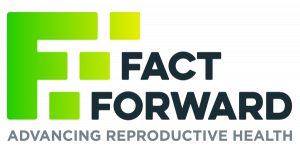In this training, participants will:
- Define trauma, toxic stress, and resilience.
- Describe the impact of trauma and toxic stress on the health and wellbeing of youth, families and communities.
- Recognize the signs and symptoms of trauma in youth, families, staff, and communities.
- Describe the core principles and services of a multi-tiered, trauma- and resilience-informed approach.





